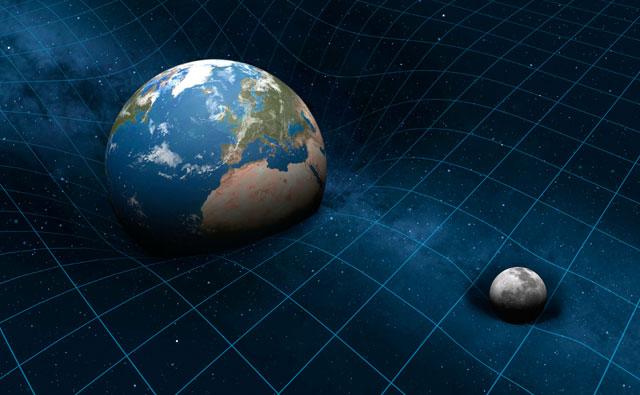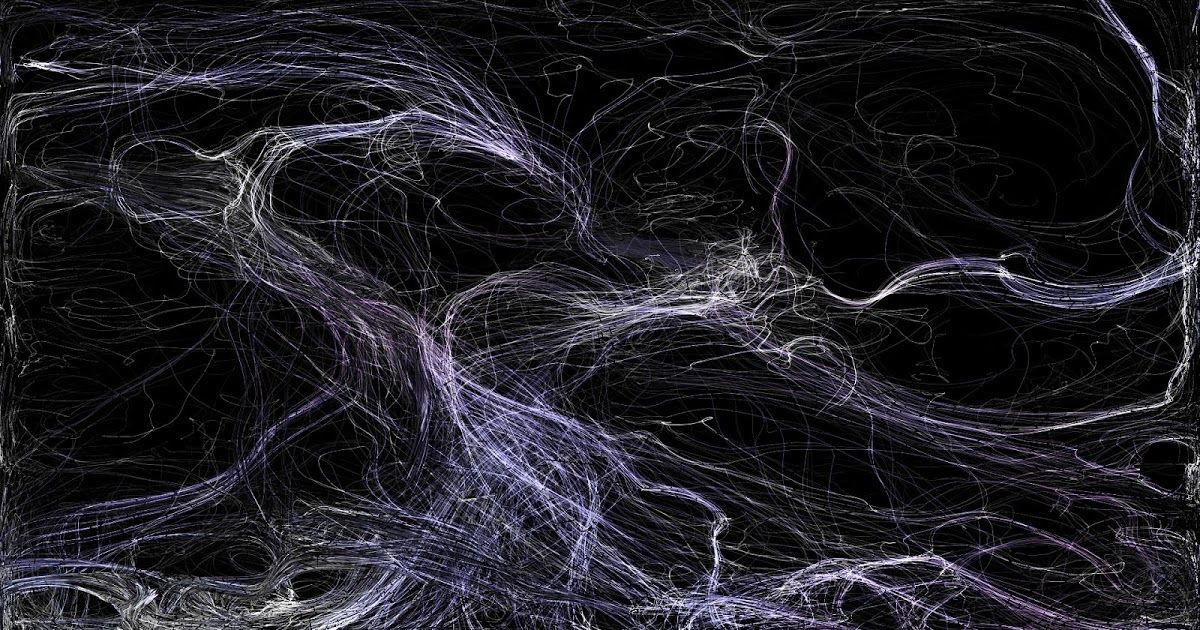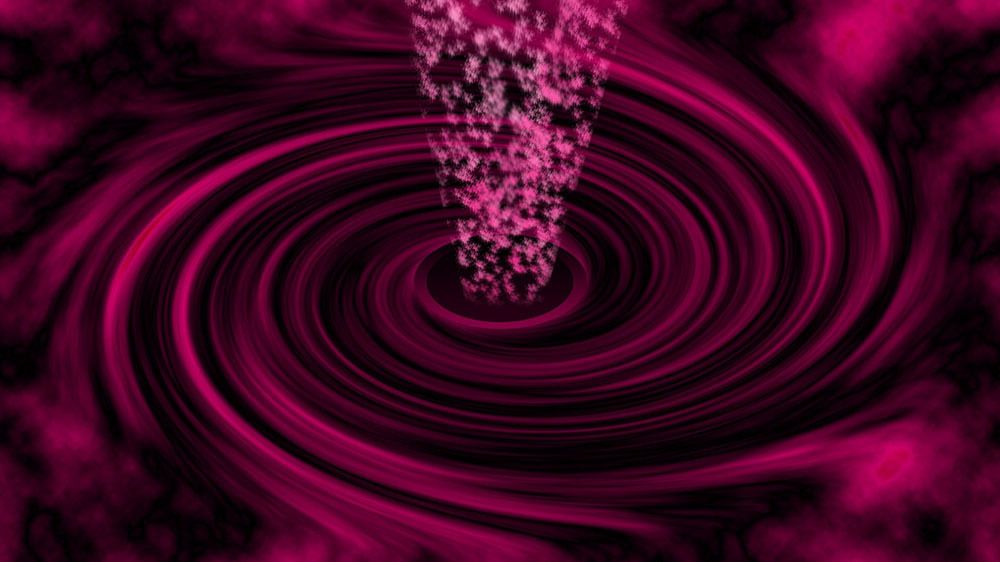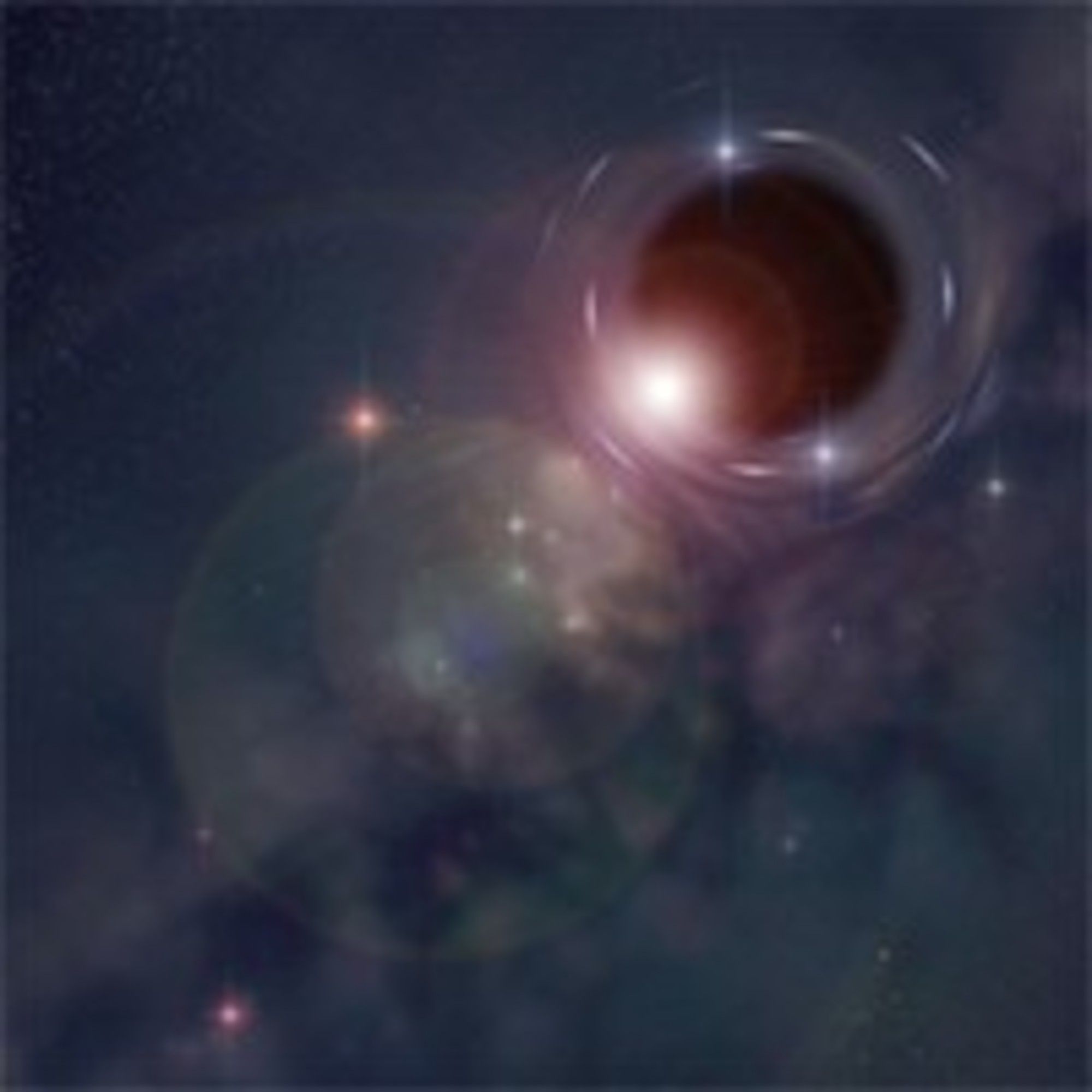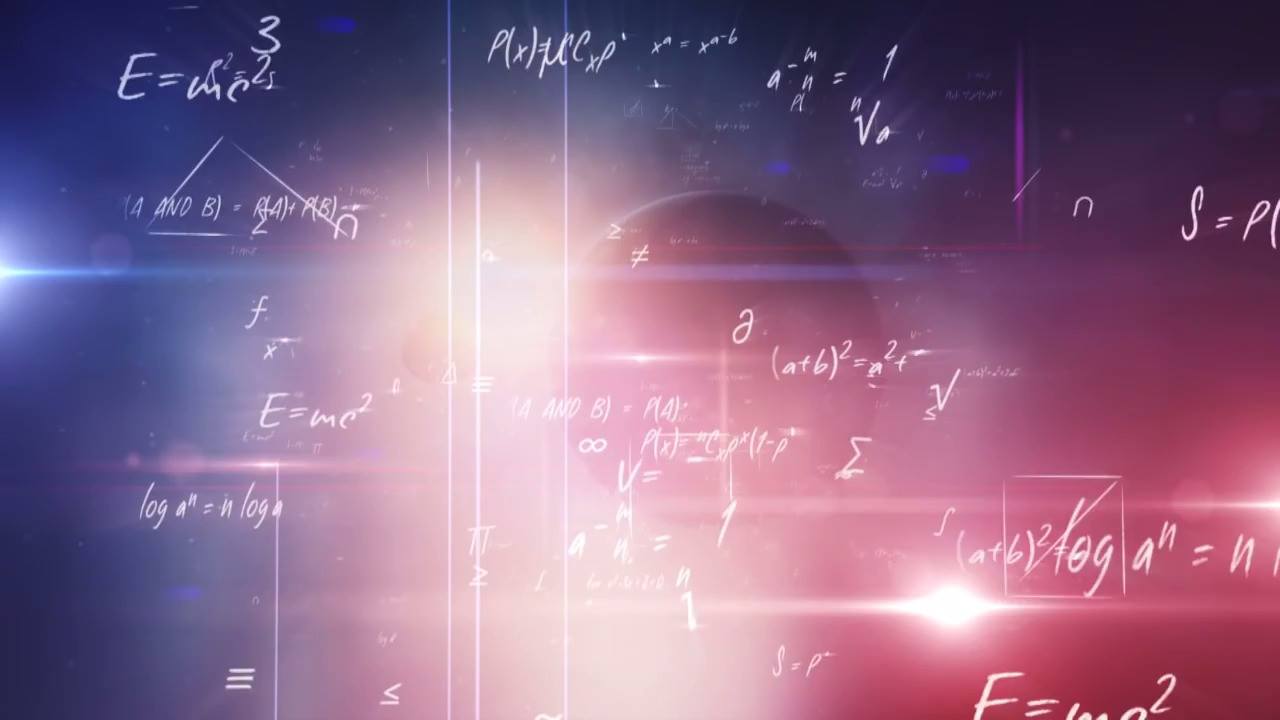Sep 7, 2016
Scientists study effects of extra space dimensions in particle physics and cosmology
Posted by Andreas Matt in categories: cosmology, particle physics
There are many theoretical models to explain such aspects of high energy physics as dark matter, theory of inflation, bariosynthesis, the Higgs mechanism, etc. The discovery of universal expansion is accelerating, precise measurements of characteristics of the cosmic microwave background, and indirect confirmations of the existence of dark matter have significantly advanced observational and theoretical cosmology. The connection between cosmological processes in the early universe and physics of elementary particles is getting clearer. Theories with additional compact measurements (multidimensional gravity) have contributed to the explanation of a series of phenomena in cosmology and the physics of elementary particles including inflation, baryon asymmetry, black holes and dark matter. Multidimensional gravity may become one of the basics of fundamental theoretical physics.
The development of colliders led to the discovery of a number of new particles, which was a great confirmation of the Standard Model ℠ of particle physics. The real SM triumph was the discovery of the Higgs boson in LHC experiments in CERN. However, despite the success of SM in high-energy physics, there is a series of questions and problems that can’t be explained by it—for example, baryon asymmetry, the origin of the Higgs field, the production of the early quasars, etc.
A theoretical direction, which is based on the idea of multidimensional gravity, is being developed at the MEPhI Department № 40 under the supervision of Professor S.G. Rubin. For the past several years, interesting results have been obtained on the basis of this research. In a thesis by Alexey Grobov titled “Effects of extra spaces in particle physics and cosmology,” multidimensional gravitational models contribute to better understanding of connections between astrophysics and microphysics phenomena.
